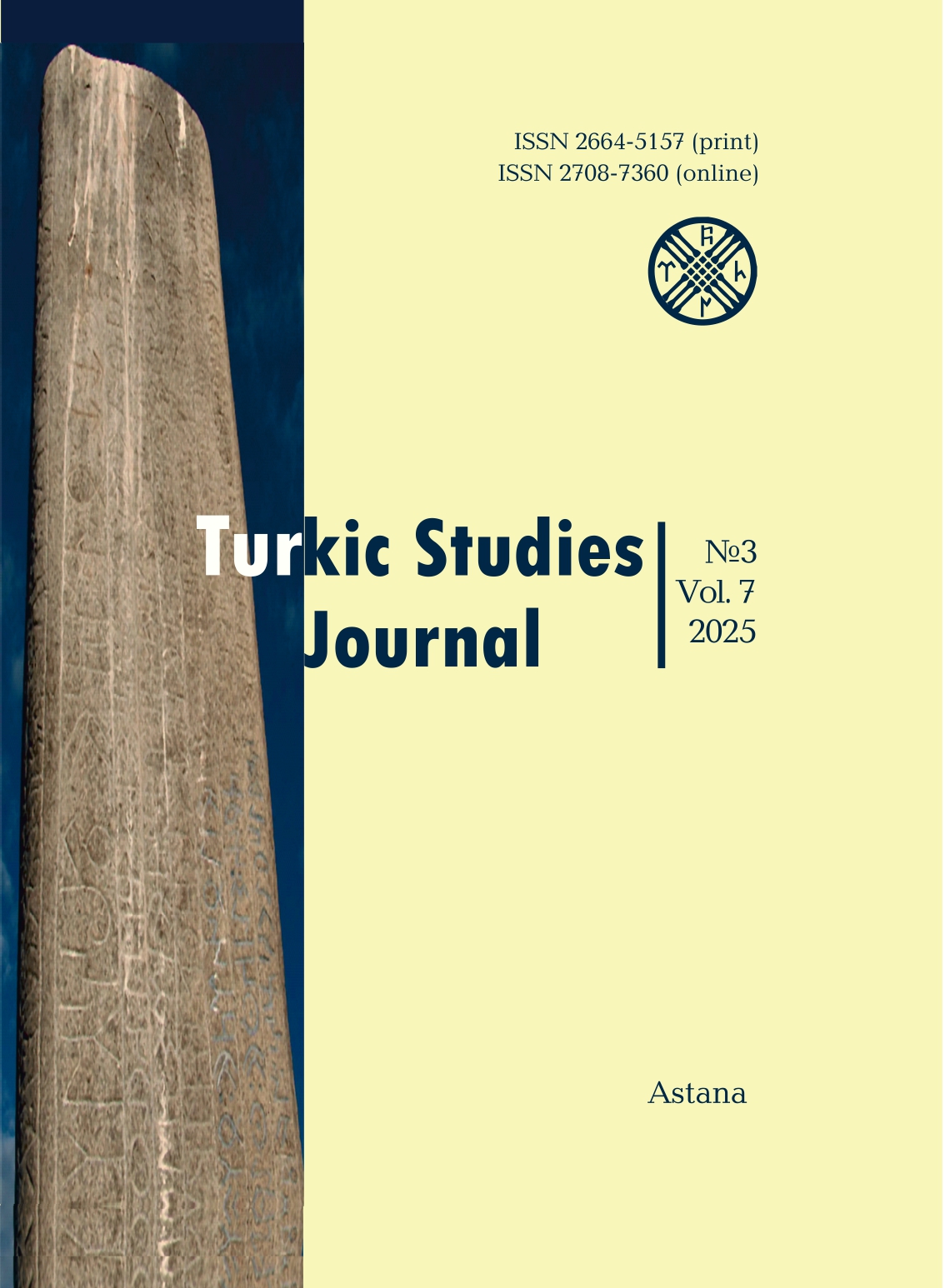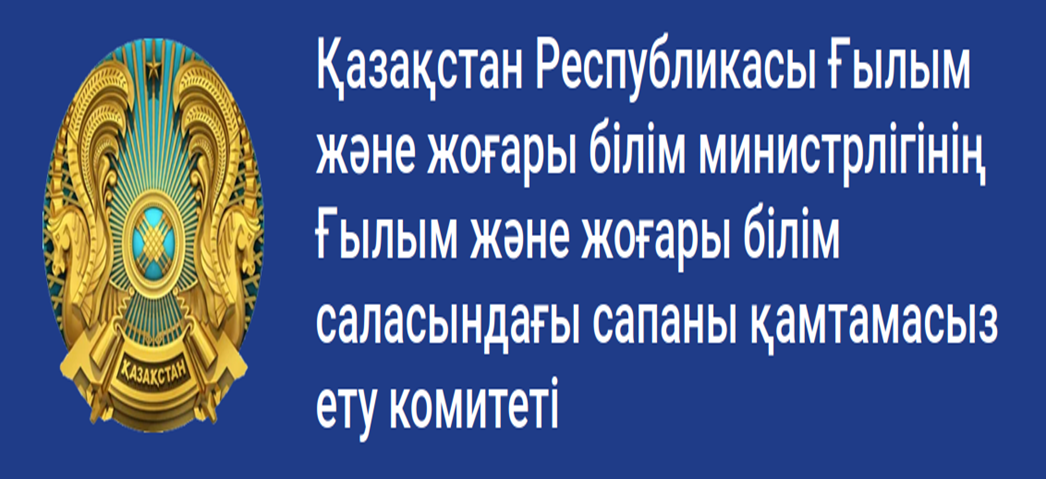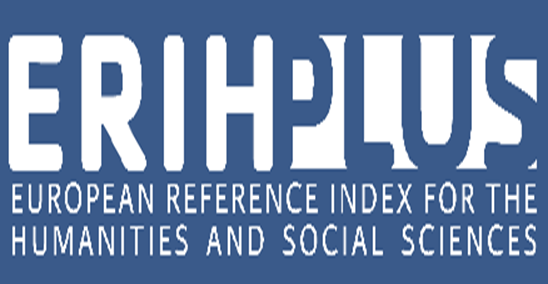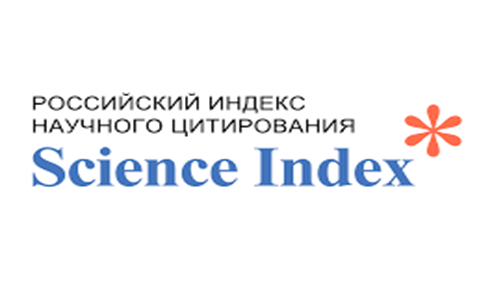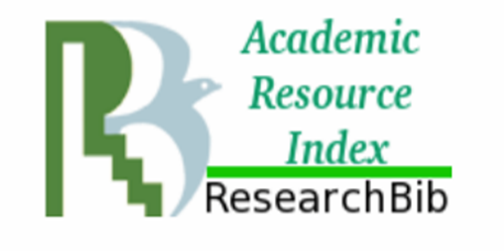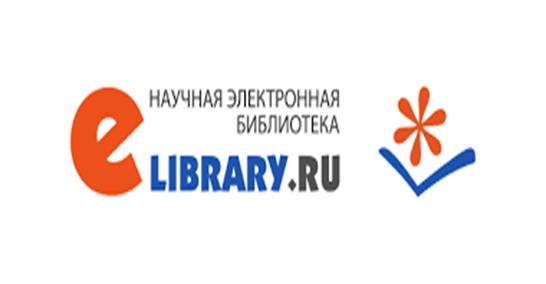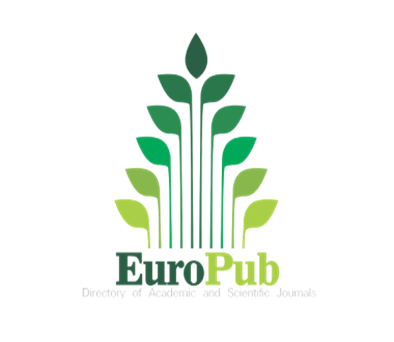Phonetic and orthographic features of the Armeno-Turkish translation of the Gospels
Views: 160 / PDF downloads: 4
DOI:
https://doi.org/10.32523/2664-5157-2025-3-206-227Keywords:
19th Century, Turkic Language, Armenian Script, Turkish in Armenian Script, Turkish Text, Bible Translation, Ottoman Turkish, Analysis, Phonetics, Orthography, Vowel, ConsonantAbstract
In the 19th century, Armenians living within the borders of the Ottoman Empire who spoke Turkish produced numerous works on religion, language, history, literature, and other subjects using their own alphabet.One notable aspect of missionary activity aimed at spreading Christianity among the Turks was the translation of the Bible into Turkish. The work examined in this study is a translation of the Bible into late Ottoman Turkish, narrating the life, teachings, and miracles of Jesus Christ –from his birth to his final days. The full title of the work is Yeni Ahit - İncil-i Şerif Arakâlların Amelleri, Boğosun ve Sayip Arakâlların Mektüpleri. It was originally translated from Greek into Turkish, and published in Istanbul in 1858. The text includes selected sections and epistles from the New Testament, one of the foundational scriptures of Christianity. The publication and dissemination of such works in the Ottoman Empire were intended to increase the accessibility of religious texts to local communities in various languages and scripts. During this period, Ottoman Turkish was frequently used for translating religious texts. These texts were often written not only in Arabic script, but also in Latin, Greek, and Armenian scripts. The use of Ottoman Turkish in this particular work is significant, as it reflects the linguistic characteristics of the era. From a cultural and linguistic perspective, Armenians established close relations with both Kipchaks and Anatolian Turks throughout history. As a result of these interactions, distinct written traditions emerged, such as “Kipchak written in Armenian script” and “Turkish written in Armenian script”, accompanied by a rich corpus of literary works. In recent years, scholarly interest in these two linguistic traditions has grown significantly in Turkey.This study analyzes the phonological and orthographic features of a Bible translation written in late Ottoman Turkish using the Armenian script. By presenting detailed phonetic and orthographic observations, this research aims to contribute to broader research on the phonological characteristics of the Turkish language during the late Ottoman period.
Downloads
Reference
Arıkan İ., 2006. Ermeni Harfli Kıpçak Türkçesi. Modern Türklük Araştırmaları Dergisi, Cilt 3, Sayı 4, ss. 130-141.
Cankara M., 2015. Çifte Maduniyet, Çifte İşlev: Ermeni Harfli Türkçe Basında Dil ve Kimlik. Ankara University ILEF Journal. Р. 155-130.
Çengel H. K., 2007. Ermeni harfli Kıpçak Türkçesiyle yazılmış Töre Bitigi ve bu eserdeki “töre”, “yargı”, “bitik” terimleri üzerine. Gazi Türkiyat, Cilt 1, Sayı 1, s. 77-95
Gökdağ B.A., Şimşek Y, 2014. Gregoryan Kıpçak Türkçesi Mi, Ermeni Kıpçakçası Mı?. Yeni Türkiye. (60). Р. 756-767.
Hamarat Yardımcı Z., 2023. Ermeni Harfli Türkçe Atasözleri ve Deyimler İhtiva Eden Üç Kitap. Türkiyat Mecmuası-Journal of Turkology. 33/2: Р. 881-911.
Kasapoğlu Çengel H., 2012. Ermeni Harfli Kıpçak Türkçesi. Dil Araştırmaları. (8). 17-81.
Kaymaz Z., 2013. Ermeni Harfli Bir Türkçe Atasözleri Kitabı. Türk Dünyası İncelemeleri Dergisi / Journal of Turkish World Studies. XIII/1. Р. 173-212.
Koptaş R., 2002. Ermeni Harfleriyle Türkçe. Ermeni Harfli Türkçe Metinler. (Kevork Pamukçiyan). İstanbul: Aras.
Özkan N., 2007. Ermeni Harfleriyle Türkçe Metinler Üzerine. Hoşgörü Toplumunda Ermeniler. C. III, Kayseri: Erciyes University Press.
Öztürk A., Alpyağıl R., 2025. Gençler İçin DOĞAL İLAHİYÂT yani Yaradıcı’nın Varlığına Mahlukâttan İspatlar. Konya: Çizgi Publishing.
Öztürk A., 2021. 19. Yüzyıl Türk Edebiyatında Ermeni Harfli Türkçenin Yeri. IX. Uluslararası Türkoloji Kongresi, Türk Kültür ve Medeniyetinin Sürekliliği Bildiri Kitabı. Türkistan: Hoca
Ahmet Yesevi International Turkish-Kazakh University Press. Р. 1103-1119. Öztürk A., 2011. Türk-Ermeni İlişkilerinde Dil. International Journal of Social and Economic Sciences. 1/1: Р. 81-87.
Pamukciyan K., 2002. Ermeni Harfli Türkçe Metinler. İstanbul: Aras Yayıncılık.
Yıldız H., Öztürk A., 2016. Yüzyıla ait Ermeni Harfli Türkçe Atasözleri Üzerine. Ordu Üniversitesi Sosyal Bilimler Araştırmaları Dergisi. 6(3). 19. Р. 739-766.
Yıldız H., Öztürk A., Mulkibaeva, E., 2025. “Ermeni Harfli Kıpçakçadaki Türkçe Kökenli Dinî Söz Varlığının Yapısı Üzerine Notlar”. Gazi Türkiyat, 36: 9-30.
Reference
Arıkan İ., 2006. Ermeni Harfli Kıpçak Türkçesi. Modern Türklük Araştırmaları Dergisi, Cilt 3, Sayı 4, ss. 130-141. [in Turkish].
Cankara M., 2015. Çifte Maduniyet, Çifte İşlev: Ermeni Harfli Türkçe Basında Dil ve Kimlik [Double Subalternity, Double Function: Language and Identity in the Armenian Script Turkish Press]. Ankara University ILEF Journal. Р. 155-130. [in Turkish].
Çengel H. K., 2007. Ermeni harfli Kıpçak Türkçesiyle yazılmış Töre Bitigi ve bu eserdeki “töre”, “yargı”, “bitik” terimleri üzerine. Gazi Türkiyat, Cilt 1, Sayı 1, s. 77-95. [in Turkish].
Gökdağ B. A., Şimşek, Y., 2014. Gregoryan Kıpçak Türkçesi Mi, Ermeni Kıpçakçası Mı? [Gregorian Kipchak Turkish or Armenian Kipchak?]. Yeni Türkiye. 60. Р. 756-767. [in Turkish].
Hamarat Y.Z., 2023. Ermeni Harfli Türkçe Atasözleri ve Deyimler İhtiva Eden Üç Kitap [Three Books Containing Proverbs and Idioms in Armenian Script Turkish]. Türkiyat Mecmuası-Journal of Turkology. 33/2. Р. 881-911. [in Turkish].
Kasapoğlu Ç.H., 2012. Ermeni Harfli Kıpçak Türkçesi [Kipchak Turkish Written in Armenian Script]. Dil Araştırmaları. 8. Р. 17-81. [in Turkish].
Kaymaz Z., 2013. Ermeni Harfli Bir Türkçe Atasözleri Kitabı [A Turkish Proverb Book Written in Armenian Script]. Türk Dünyası İncelemeleri Dergisi-Journal of Turkish World Studies. XIII/1. 173-212. [in Turkish].
Koptaş R., 2002. Ermeni Harfleriyle Türkçe [Turkish in Armenian Script]. Ermeni Harfli Türkçe Metinler-Turkish Texts in Armenian Script (Kevork Pamukçiyan). İstanbul: Aras Yayıncılık. [in Turkish].
Özkan N., 2007. Ermeni Harfleriyle Türkçe Metinler Üzerine [On Turkish Texts Written in Armenian Script]. Hoşgörü Toplumunda Ermeniler-Armenians in the Tolerant Society. C. III. Kayseri: Erciyes University Press. [in Turkish].
Öztürk A., Alpyağıl R., 2025. Gençler İçin Doğal İlahiyât yani Yaradıcı’nın Varlığına Mahlukâttan İspatlar [Natural Theology for Youth: Proofs of the Creator’s Existence from Creation]. Konya: Çizgi Publishing. [in Turkish].
Öztürk A., 2021. 19. Yüzyıl Türk Edebiyatında Ermeni Harfli Türkçenin Yeri [The Place of Armenian Script Turkish in 19th-Century Turkish Literature]. IX. Uluslararası Türkoloji Kongresi-Turkology Congress, Türk Kültür ve Medeniyetinin Sürekliliği Bildiri Kitabı-Proceedings on the Continuity of Turkish Culture and Civilization. Türkistan: Hoca Ahmet Yesevi International Turkish-Kazakh University Press. Р. 1103-1119. [in Turkish].
Öztürk A., 2011. Türk-Ermeni İlişkilerinde Dil [Language in Turkish-Armenian Relations]. International Journal of Social and Economic Sciences, 1/1: 81-87. [in Turkish].
Pamukciyan K., 2002. Ermeni Harfli Türkçe Metinler [Turkish Texts in Armenian Script]. İstanbul: Aras Yayıncılık. [in Turkish].
Yıldız H., Öztürk, A., 2016. 19. Yüzyıla ait Ermeni Harfli Türkçe Atasözleri Üzerine [On Armenian Script Turkish Proverbs from the 19th Century]. Ordu Üniversitesi Sosyal Bilimler Araştırmaları Dergisi-Ordu University Journal of Social Science Research, 6(3). Р. 739-766. [in Turkish].
Yıldız H., Öztürk A., Mulkibaeva, E., 2025. “Ermeni Harfli Kıpçakçadaki Türkçe Kökenli Dinî Söz Varlığının Yapısı Üzerine Notlar”. Gazi Türkiyat, 36: 9-30. [in Turkish].
Downloads
Published
How to Cite
Issue
Section
License
Copyright (c) 2025 Turkic Studies Journal

This work is licensed under a Creative Commons Attribution-NonCommercial 4.0 International License.

